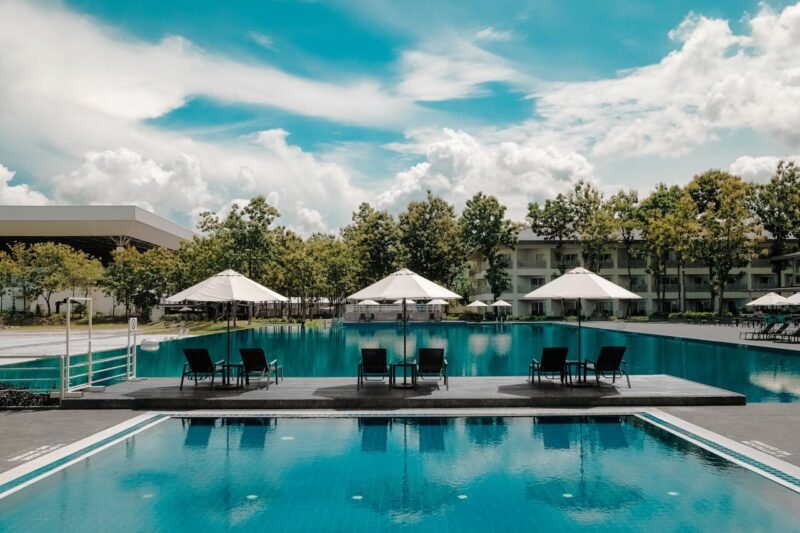The Association of Southeast Asian Nations (ASEAN) will officially begin to call itself a single market by the end of 2015, marking a momentous occasion in the integration of the region's economies into one entity.
What began as a drive to make trading between the ten countries – Brunei, Cambodia, Indonesia, Laos, Malaysia, Myanmar, the Philippines, Singapore, Thailand and Vietnam – easier has become a potential open market that could rival the EU in terms of success.
However, as this deadline approaches, are the member nations ready for the abolishment of tariffs and free movement of skilled workers? Here, we'll take a look at the general consensus on the matter and see what might be set to occur over the next 12 months.
ASEAN integration – ready or not ready?
Speaking at the 45th World Economic Forum annual meeting, deputy prime minister of Thailand Pridiyathorn Devakula said he has no concerns about 2015 being the year for ASEAN success.
"Some in the audience may not believe it, but believe me, we will have a single market by the end of the year," he asserted.
Malaysia's trade minister Mustapa Mohamed told the AFP he does think there will be "freer movement of goods and services" within the bloc by year's end, but not completely "free movement of goods and services". Indeed, he believes that large-scale changes such as seamless travel will only really start to be apparent by 2020 onwards.
Furthermore, in a survey of tax experts in Asia by Baker McKenzie, only 3.5 per cent thought ASEAN would be fully integrated by the end of 2015.
Part of the disagreement seems to come from the fact that the ten member nations differ so much in terms of economic development and political systems, not to mention culture and languages.
Benefits for the region from successful integration
However, if these hurdles could be overcome, ASEAN integration should have immense benefits for the region and for trade in the wider world.
According to McKinsey Global Institute estimates, ASEAN's international trade has tripled since 2005 and by fully implementing integration, its nations could boost their annual GDP by between $280 and $625 billion by 2030.
Meanwhile, the International Monetary Fund's World Economic Outlook recently predicted that the ASEAN economy should be in line to achieve economic expansion of 5.7 per cent for 2014. This is well above the global growth prediction of 3.8 per cent.
It also stated that trade exports to Thailand and elsewhere are likely to grow strongly thanks to trade liberalisation provisions under the integration strategy.
What might be done to make it easier?
Many analysts have cited issues with inconsistent standards and laws as being potential barriers to successful ASEAN integration, as well as differing customs procedures when it comes to facilitating free trade.
It may therefore be that each nation needs to come up with new ways to ensure a bloc-wide set of standards is followed ahead of the year-end deadline, rather than finding out too late that inconsistency is an insurmountable problem.
Another key aspect to address could be infrastructure, as the ten nations have very varied transport links for receiving and shipping goods and services. This could result in logistics costs being higher than anticipated.
However, investment in infrastructure should get around this – as long as each country has the money to spend in advance of seeing financial benefits from the bloc.
It will be interesting to see what the future brings for ASEAN integration – and if the end of 2015 does indeed see the plan come to fruition.
Posted by Is ASEAN integration on target for the end of this year?



